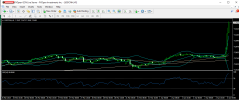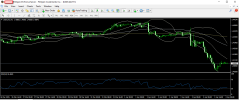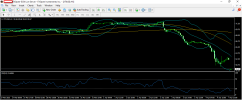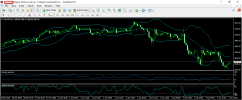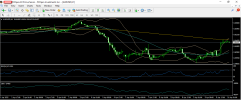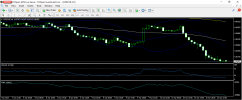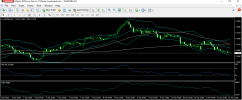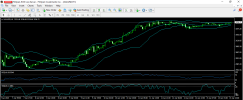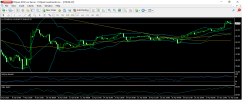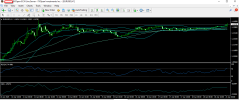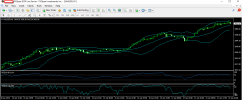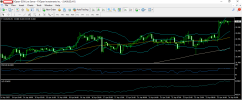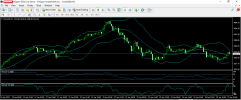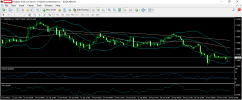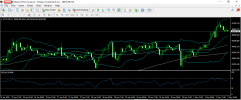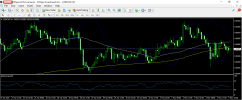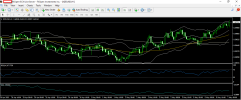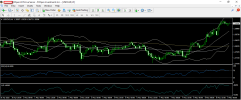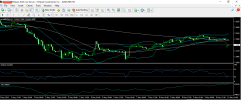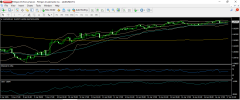
AUD/USD extends gains, could it reach the 200-day MA?
The AUDUSD currency pair on Wednesday drew a bullish candle with a lower high. The price formed a high of 0.63911 low of 0.63222, and closed at 0.63727. This increase extended the bullish sentiment of AUDUSD that started on April 9, where AUDUSD collapsed at a low of 0.559134.
The bullish sentiment on AUDUSD gives hope that it can reach the resistance level based on the 200-day MA at 0.64795. However, it must be able to pass the resistance of 0.63084, which is the high price on February 21. The previous increase was driven by optimism around China's GDP, which grew 5.4% year-on-year in Q1, beating estimates. However, this rebound remains fragile amid ongoing US-China trade tensions and the Aussie's role as a proxy for Chinese demand.
The trade war remains a key issue for the Australian dollar, given Australia’s close economic ties with China and its heavy reliance on commodity exports, which increases its exposure to these tensions. President Trump’s decision to impose tariffs of between 10% and 50% has sparked talk of retaliatory measures, raising fears of a full-blown trade war. Such a development could dampen global growth, push up consumer prices, and complicate central bank policy decisions.
The US-China trade war has been the most in the spotlight for economists, with President Trump imposing tariffs of 145% on certain Chinese goods. China retaliated shortly after with tariffs of 125% on US goods imported into China, up from 84%. This has again angered the US, which has threatened to impose tariffs of 245%, as China has retaliated with increased tariffs.
Australia’s strategists say the Australian dollar remains a barometer of the US-China trade dispute. The RBA is likely to ease policy in May, but the main driver of the AUD will be developments in the commodity trade. Domestically, the Australian economy is facing pressure from global decoupling, and an expected RBA interest rate cut in May could limit upside potential.
The dollar index, which is the benchmark for the USD against six major currencies, is still weakening. The DXY shows a bearish sentiment with a bearish candle with a low of 99.174 failing to extend its recovery after reaching a high of 100.104. The DXY is moving away from the 20-day MA, which reflects a strong bearish sentiment.
US retail sales showed an increase of 1.4% MoM in March, slightly above expectations, while retail sales YoY rose 4.6%. On the other hand, China's Q1 GDP surprised to the upside at 5.4% YoY; March activity indicators also beat estimates.
The RBA is expected to cut rates in May, although China's proxy status makes the AUD vulnerable to external headwinds. However, Governor Michele Bullock highlighted the challenge of bringing inflation back within the 2-3% target. This decision is generally considered hawkish, reducing the possibility of a 25 basis point rate cut at the May 20 meeting from 80% to 70%.
Today, investors will highlight some important economic data, Employment Change and Unemployment Rate in Australia, which may trigger the movement of AUD today. On the other hand, the US will also release Unemployment Claims data, which is expected to increase slightly. And what is awaited is the speech of Fed Chair Powell, who speaks on the economic outlook at the Economic Club of Chicago, which may give subtle hints that are hawkish or dovish and can trigger market speculation.
